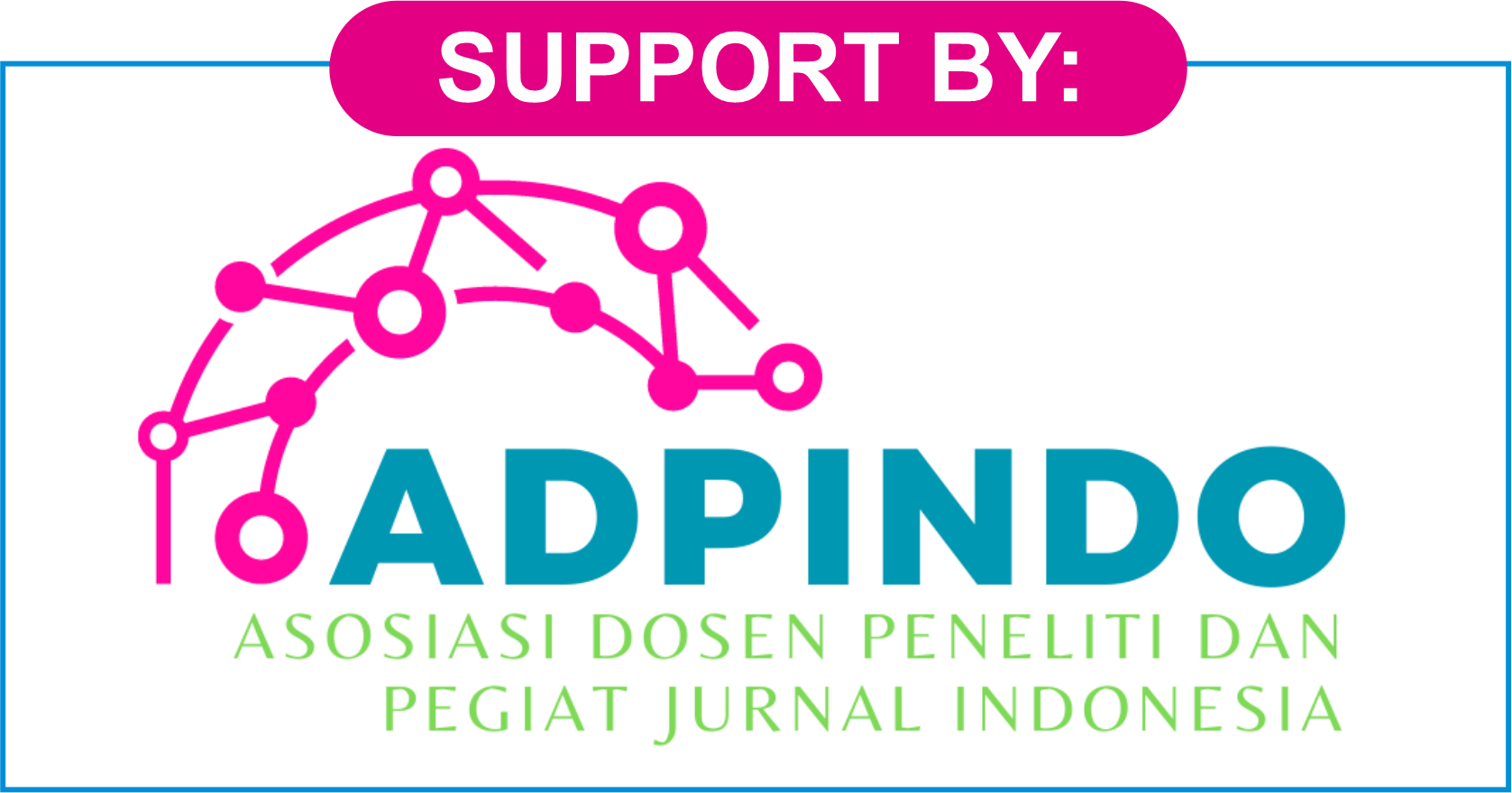Analysis of NFT (Non-Fungible Tokens) In Relation to Money Laundering
DOI:
https://doi.org/10.47353/ijema.v1i3.43Keywords:
Cryptocurrency NFT, Relation, Money LaunderingAbstract
In the development of information and communication technology, there are many developments that occur. One of them is the emergence of NFTs as the latest trend in digital trading. This, of course, is a new breakthrough in the digital world. However, this can also be a loophole in committing money laundering crimes. In this research, we are using a qualitative descriptive approach with analytical methods. The result of this analysis is thatThe main problem with money laundering via NFTs and cryptocurrencies is the lack of understanding of the role of cryptocurrencies in financial crimes. As long as this misunderstanding is not addressed, the potential for the use of NFTs as a new method of financial crime will increase sharply to the point of endangering national security.
Downloads
References
Audit Board for Finance and Development (BPKP), National Corruption Eradication Strategy, March 2000 Edition.
Badway, E. (2022, February 8). NFTs: A New Mechanism for Money Laundering… Uh Oh! Retrieved from JD Supra, LLC: https://www.jdsupra.com/legalnews/nfts-a-new-mechanism-for-money-6824931/
Basel Institute on Governance, INTERPOL & Europol. (2022, Januari 1). Combating virtual assets-based money laundering and crypto-enabled crime. Retrieved from Basel Institute on Governance: https://baselgovernance.org/publications/combating-virtual-assets-based-money-laundering-and-crypto-enabled-crime
Cheek, M. (2022, Feb 12).Are NFTs being used to launder money? Retrieved from Fortune: https://fortune.com/2022/02/11/are-nfts-being-used-to-launder-money-crypto-regulation-art-tech-martin-cheek/
Department of the Treasury. (2022). Study of the Facilitation of Money Laundering and Terror Finance Through the Trade in Works of Art. Department of the Treasury.
Edi Setiadi and Rena Yulia, Economic Criminal Law, Graha Ilmu, Yogyakarta, 2010
Filipkowski, W. (2008). Cyber Laundering: An Analysis of Typology and Techniques. International Journal of Criminal Justice Sciences.
Hanson, M., Kahan, D., Kirkpatrick, K., Mills, R., Rizzi, S., & Roniger, L. (2021, Mei 19). The Anti-Money Laundering Act and Crypto Collide: Non-Fungible Tokens. Retrieved from JD Supra, LLC: https://www.jdsupra.com/legalnews/the-anti-money-laundering-act-and-3117511/
Jordanoska, A. (2021). The exciting world of NFTs: a consideration of regulatory and financial crime risks. BUTTERWORTHS JOURNAL OF INTERNATIONAL BANKING AND FINANCIAL LAW, 10, 716.
Owen, A. , & Chase , I. (2021, December 4).NFTs: A New Frontier for Money Laundering? Retrieved from RUSI Registered Charity: https://rusi.org/explore-our-research/publications/commentary/nfts-new-frontier-money-laundering
Pelechrinis, K., Liu, X., Krishnamurthy, P., & Babay, A. (2022). Spotting Anomalous Trades in NFT Markets: The Case of NBA Topshot. arXiv preprint arXiv, 2202.04013.
Sharma, T., Zhou, Z., Huang, Y., & Wang, Y. (2022). It's A Blessing and A Curse": Unpacking Creators' Practices with Non-Fungible Tokens (NFTs) and Their Communities. arXiv preprint arXiv, 2201.13233.
Shirole, M., Darisi, M., & Bhirud, S. (2019). Cryptocurrency Token: An Overview. IC-BCT, 133-140.
Sugiyono. (2009). Educational Research Methods Quantitative Approach. Qualitative, and R&D. Bandung: Alphabet
Sutan Remy Sjahdaeni, Money Laundering: Definition, History, Causative Factors and Impacts on Society, Journal of Business Law, Vol.22 No.3, Year 2003.
Yosafat Caesar Sinurat, Ika Riswanti Putranti, Marten Hanura. 2022. The Deception of Art: Analysis of Potential Threats of NFTs (Non-Fungible Tokens) to Indonesia's National Security. Journal of International Relations, Volume 8, Number 3, 2022, pp 280-288
Wood, G. (2015). Ethereum: A secure decentralised generalised transaction ledger. Ethereum Project Yellow Paper.
Downloads
Published
How to Cite
Issue
Section
License
Copyright (c) 2023 Amin Sadikin

This work is licensed under a Creative Commons Attribution 4.0 International License.











